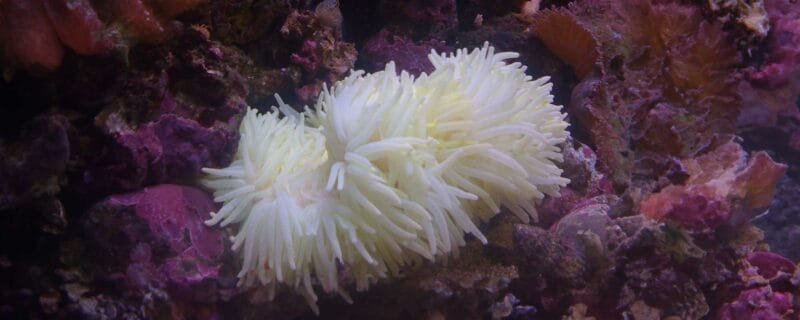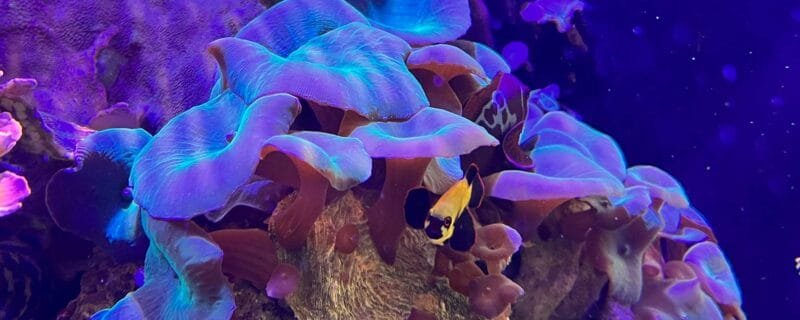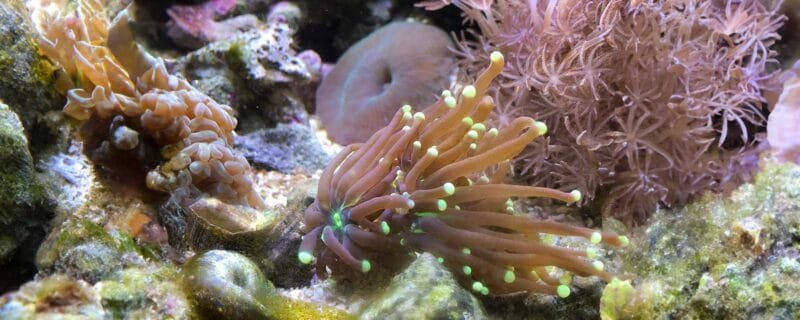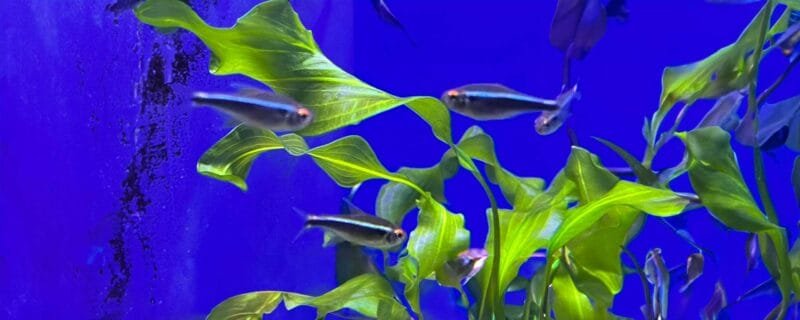Discovering the Fascinating Kenya Tree Coral: An In-Depth Guide
The Kenya Tree Coral, scientifically known as Capnella sp., is a captivating addition to marine aquariums that has gained popularity for its unique appearance and ease of care. In this comprehensive blog post, we will delve into the world of the Kenya Tree Coral, covering everything from its Latin name to its care requirements and propagation methods.
Latin Name and Size
The Kenya Tree Coral, scientifically classified as Capnella sp., is a relatively small coral species. Individual colonies can vary in size, but they typically reach heights of 4 to 8 inches, creating a graceful and tree-like structure in your aquarium.
Natural Habitat
These captivating corals are native to the Indo-Pacific region, including areas like Kenya, the Red Sea, and the Great Barrier Reef. In the wild, they are often found in shallow waters and reef flats, where they thrive in moderate to high water flow conditions.
Categorization
The Kenya Tree Coral falls into the category of Soft Corals. Unlike Large Polyp Stony (LPS) or Small Polyp Stony (SPS) corals, the Kenya Tree Coral lacks a hard calcium carbonate skeleton, giving it a distinct appearance and texture.
Varieties
While the Kenya Tree Coral is predominantly known for its vibrant shades of green, there can be subtle variations in color, including brown, pink, or yellow. These color variations add diversity to aquarium displays, making them a popular choice among aquarists.
Diet
Kenya Tree Corals are primarily photosynthetic, relying on the symbiotic zooxanthellae within their tissues for energy. They do not require direct feeding but can benefit from occasional supplementary feedings of small particulate foods, such as phytoplankton or liquid coral foods, to enhance their growth and coloration.
Alternative Names
These corals are often referred to by various common names, including Kenya Tree, Tree Coral, or Cauliflower Coral, reflecting their tree-like appearance.
Feeding Requirements
Kenya Tree Corals generally do well without direct target feeding due to their photosynthetic nature. However, occasional feedings can promote optimal growth and vibrant coloration, especially in aquariums with lower light levels.
Fragging
One of the remarkable features of Kenya Tree Corals is their ease of fragging. They can be propagated by simply cutting a portion of the coral and attaching it to a suitable substrate. This makes them an excellent choice for aquarists looking to share or expand their coral colonies.
Water Conditions
To ensure the health and vibrancy of Kenya Tree Corals, it’s essential to maintain stable water conditions. They thrive in temperatures ranging from 72-80°F (22-27°C), a pH level of 8.1-8.4, and a specific gravity of 1.023-1.025. Adequate lighting, with moderate to high-intensity levels, is also crucial to support their photosynthetic needs.
Conclusion
In conclusion, the Kenya Tree Coral, or Capnella sp., is a wonderful addition to any reef aquarium. Its elegant appearance, ease of care, and compatibility with various tank setups make it an excellent choice for both beginner and experienced aquarists. Whether you’re aiming to create a lush coral forest or add a pop of color to your aquarium, Kenya Tree Corals are a must-have. So, embark on your journey into the mesmerizing world of marine life with these captivating corals and watch your underwater ecosystem flourish with their graceful presence.






